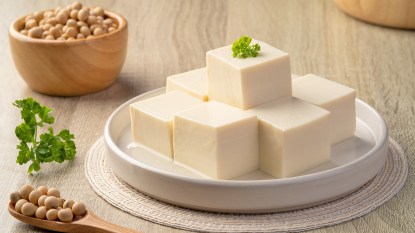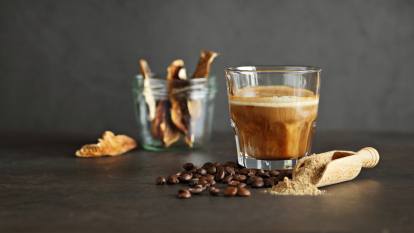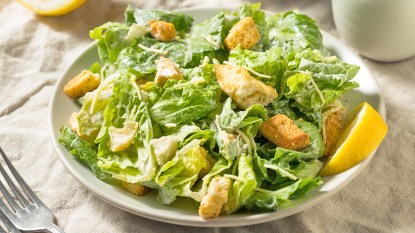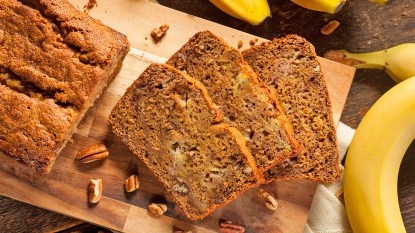These 6 Seasonal Veggies Have Beauty and Mood-Boosting Mental Health Benefits
Use spring vegetables to help you recharge.
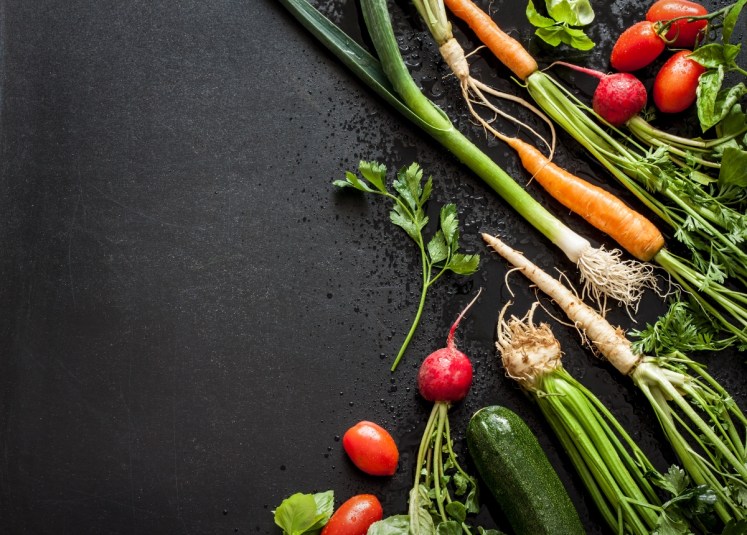
Who doesn’t love spring? This time of year is bursting with color and growth, and you might just find yourself yearning for the fresh flavor of seasonal veggies like asparagus, radish, or rhubarb. As it turns out, these in-season picks have some surprising beauty, weight loss, and even mental health benefits. So, as the weather warms up, use these six spring vegetables to feel your best.
Memory Sharpener: Asparagus
Try adding six to eight spears of asparagus to your next meal to improve your focus and concentration. Enjoying this veggie daily may reduce your risk of Alzheimer’s and dementia, according to an article in The American Journal of Clinical Nutrition detailing the results of long-term dietary intakes of flavonoids. (Flavonoids are found in fruits and veg, and asparagus is especially rich in them.)
Weight Loss Helper: Radish
Bite into a radish when hunger strikes, and you may shed weight more quickly — plus, you might even reduce your risk of future weight gain. Radishes are high in water and fiber and low in fat and calories, making them the ideal weight loss snack; scientists in the journal Nutrients also discovered that compounds in radishes called glucosinolates can help regulate blood sugar levels. Glucosinolates get broken down into metabolites that help protect your cells from free radical damage, plus they can even ward off bacterial, viral, and fungal infection. Find radishes too spicy? Slicing and soaking them in ice water for 1 hour will soften their “bite.”
Happiness Hero: Watercress
Delicate, peppery-tasting watercress can liven up salads, sandwiches, and wraps. And this spring green weekly could also cut your risk of depression, suggests a study published in Annals of General Psychiatry surrounding the potential benefits of green leafy vegetables on participants. Watercress boasts rich stores of alpha-linolenic acid, an omega-3 fat that may exert an antidepressant effect and even reduce the risk of high blood pressure.
Cancer Fighter: Kale
There’s no real way to prevent cancer — but you can certainly try to keep it at bay with healthy foods like kale. An article published in the Food and Nutrition Journal notes this leafy green brims with isothiocyanates; and naturally occurring isothiocyanates and their metabolites have been found to inhibit the development of chemically-induced cancers of the lung, liver, esophagus, stomach, small intestine, colon, and breast in a variety of animal models.
Skin Healer: Lettuce
Treat yourself to a spring salad daily, and your skin could look and feel smoother, softer, and healthier. So say German scientists, who noted in a Dermatoendocrinol review that the vitamins, carotenoids, tocopherols, and flavonoids present in a variety of plant extracts have been widely used in the skin care industry. The carotenoids in leafy greens may help stimulate epidermal regeneration, helping to soften and smooth skin; plus, they can even reduce skin pigmentation caused by UV radiation, acne, or hormones. And drizzling a little full-fat dressing on your salad may double your carotenoid absorption!
Bone Strengthener: Rhubarb
The sight of fresh rhubarb popping up in farmers markets and grocery stores is a sure sign of spring. But this seasonal treat can also be a great source of vitamin K, which is an essential vitamin for bone health and blood clotting. The vitamin A in rhubarb may also help to fight free radicals that cause skin damage and premature aging, plus it’s high in antioxidants. Researchers even say gallic acid (which can be found in rhubarb) may prevent or delay the onset of neurological diseases. To bring out rhubarb’s natural sweetness, sprinkle with sugar and roast at 375 degrees Fahrenheit for 20 to 25 minutes.
This content is not a substitute for professional medical advice or diagnosis. Always consult your physician before pursuing any treatment plan.
A version of this article originally appeared in our print magazine, First for Women.






